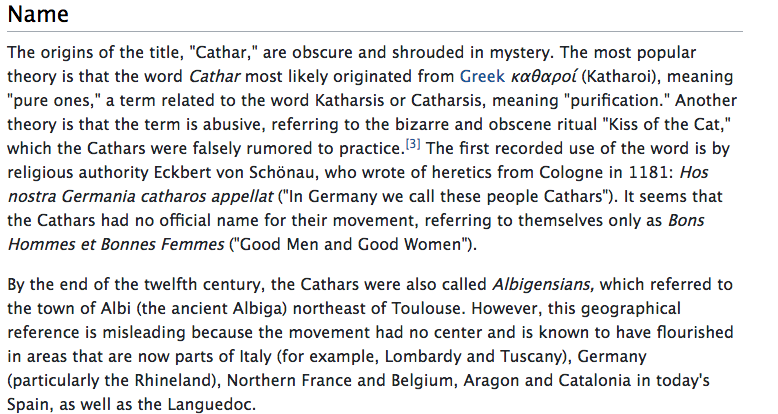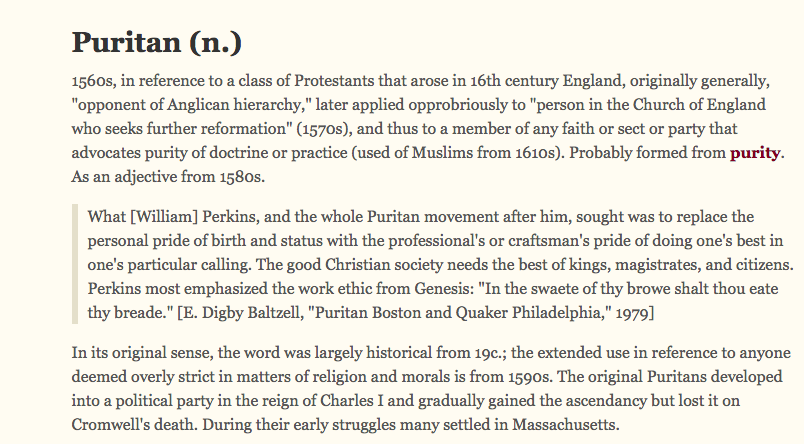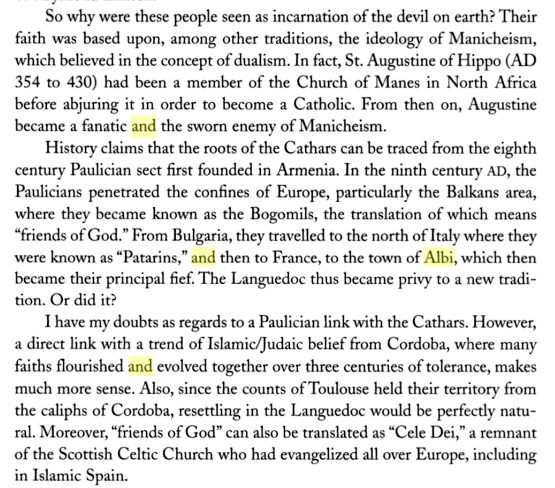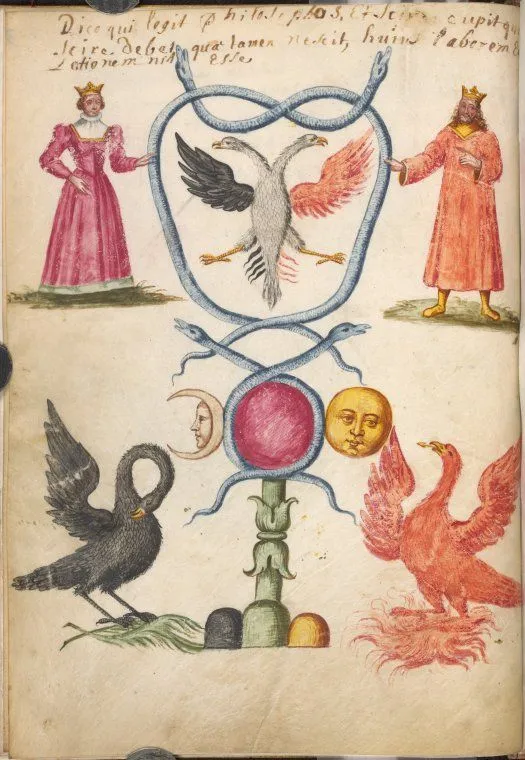The Pure
In researching those groups that have been targeted and hunted, it is interesting to note that many have some etymology to “purity.” I do not read this as purity in a Biblical or religious sense but rather in blood. In a vampiric context, that would mean those not mixed with human blood. Humans are often referred to as “filth” or “the filth” by non-humans in response to their condition of having original sin. It is this lack of original sin that might have spurred the hunts for bloodlines. Why? Original sin came with limited life expectancy-the loss of immortality. So the hunt could be to try to regain immortality or simply end those who have it (jealousy). Again, jealousy is an original sin the hunt itself only engrains the sin further. Another reason could be power. If it is seen that the “pure” can transform, perform witchcraft, etc. then those without that would likely be jealous.
As vampyre and werewolves do not possess original sin, it would also explain the hunting and experimentation. And, of course, there is the Merovingian claim to the European thrones by those not only of the blood, but also of the tree (possessing the supernatural powers of pure vampyre and werewolves). This could result in the odd pairing of hybrid-wolves and hybrid-vampyre with humans in an alliance to bring down the “pure” lines. However, they should be mindful of the efforts by certain religions and laboratories to create genetic superiority–thus resulting in a “new pure” of the races that is actually based in the human species.
It is also interesting that most of the groups and tribes that have been traditionally hunted originate or are known by names that have no known etymology.




So was this because the Cathar’s duality meant they did not pick a side in the “Battle of Good versus Evil,” or is the key in the “friends of God?” That they were free of original sin and, therefore, not held in judgement and thus seen as preferred by God?


It is easy to see how the concept of “Paulican” could be disguised or hidden with the symbol of the pelican.

In this particular representation, one can see the symbolism of the two serpents of the Garden, as well as the sun and moon. The divine male (King) and divine female (Queen), as well as their double-headed (dualistic) scion–a mating between the raven and phoenix.
